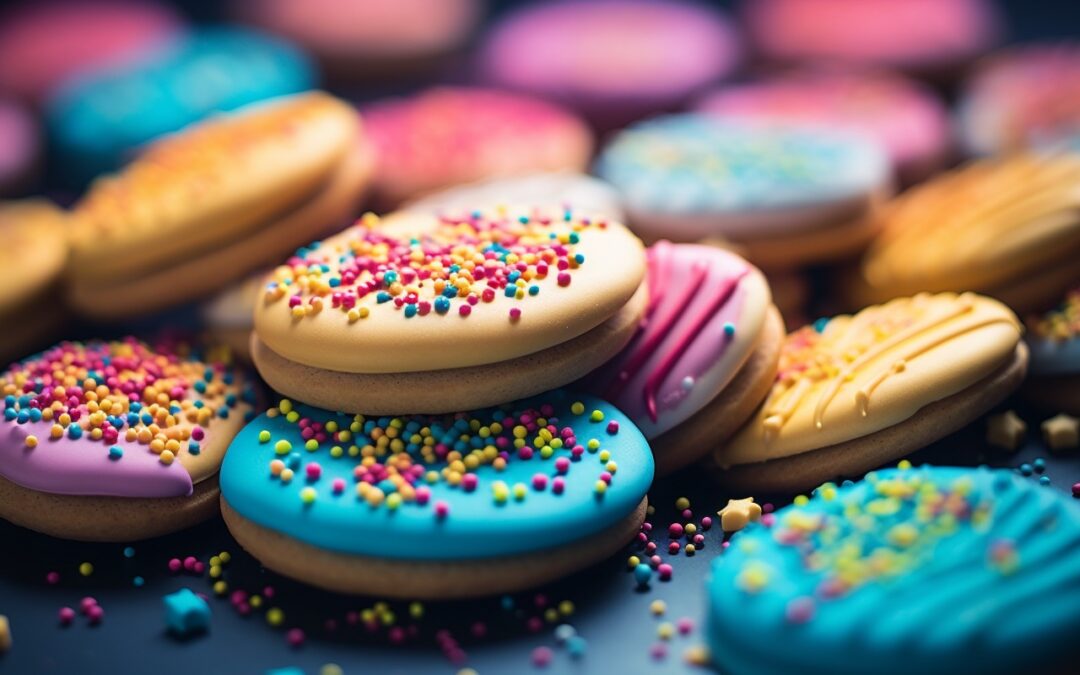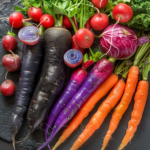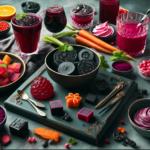INTRODUCTION
In the world of baking there is the science behind natural food colors in bakery, where presentation is as crucial as taste, natural food coloring has taken the culinary scene by storm. From vibrant red strawberries to deep green spinach, bakers are embracing the beauty of naturally sourced colors. But have you ever wondered about the science that makes these hues possible? In this blog, we delve into the fascinating world of the scientific principles and processes behind natural food coloring, including extraction methods, pH considerations, and stability factors when used in bakery applications.
UNDERSTANDING NATURAL FOOD COLORING COMPOUNDS
Natural food coloring derives its pigments from various plant sources, each harboring its unique color compounds. The secret behind these hues lies in molecules called pigments, which absorb and reflect specific wavelengths of light. For instance, the red color in strawberries comes from anthocyanins, while chlorophyll is responsible for the green in spinach. Bakers may produce visually gorgeous delicacies that are as pleasing to the eye as they are to the palate by utilising these natural ingredients.
EXTRACTION METHODS FOR NATURAL COLORS
Extracting color compounds from natural sources is an art as much as it is science. Common extraction methods include maceration, where the color-bearing parts of a plant are crushed to release their pigments, and steam distillation, which uses steam to extract essential oils containing color. Supercritical fluid extraction, a more advanced technique, employs carbon dioxide under specific conditions to obtain pure pigments. The choice of method often depends on the source and the desired intensity of color.
PH CONSIDERATIONS AND COLOR
Believe it or not, pH plays a pivotal role in the vibrancy and stability of natural food colors. Pigments can exhibit different colors at various pH levels due to shifts in their molecular structures. This phenomenon is known as pH-dependent ionization. For instance, the vivid blue color of blueberries can turn reddish in acidic environments. Bakers must consider the pH of their recipes and adjust it accordingly to achieve the desired color outcome. This often involves incorporating acidic (lemon juice, vinegar) or alkaline (baking soda) ingredients.
STABILITY FACTORS IN BAKERY APPLICATIONS
When introducing natural food colors to baked goods, stability becomes a paramount concern. Factors such as heat, light, and exposure to air can cause color degradation over time. To combat this, bakers may need to experiment with methods such as encapsulation, where color compounds are shielded within protective coatings, or proper storage conditions to maintain the vibrancy of the hues. These considerations ensure that your delightful rainbow macarons or elegantly tinted cupcakes retain their charm from oven to table.
FAQS ABOUT NATURAL FOOD COLORS IN BAKERY
Q1: ARE NATURAL FOOD COLORS SAFER THAN ARTIFICIAL ONES?
A: Natural food colors are generally consider safer as they are derived from edible sources without synthetic chemicals. However, individual sensitivities may vary.
Q2: CAN I SUBSTITUTE NATURAL COLORS 1:1 FOR ARTIFICIAL COLORS IN RECIPES?
A: Not always. Natural colors can be less intense, so adjustments might be need. Also, keep in mind pH changes that can affect color.
Q3: HOW CAN I PREVENT NATURAL COLORS FROM FADING IN BAKED GOODS?
A: Protect colors by shielding them from excessive light, air, and heat. Encapsulation techniques and proper storage can help maintain their vibrancy.
Q4: CAN I MAKE MY OWN NATURAL FOOD COLORING AT HOME?
A: Absolutely! Many fruits, vegetables, and spices can be use to create homemade natural colors. Experiment with different extraction methods and pH adjustments for best results.
Conclusion
Natural food coloring in bakery delights isn’t just about aesthetics; it’s a harmonious blend of science and artistry. From extracting pigments to understanding pH shifts, every hue holds a story of molecular magic. The next time you bite into a vividly hued cupcake, remember the journey these colors took from the garden to the bakery, guided by the principles of nature and science.






Recent Comments